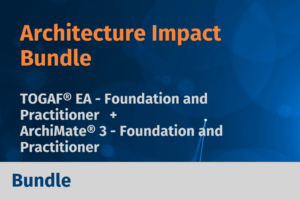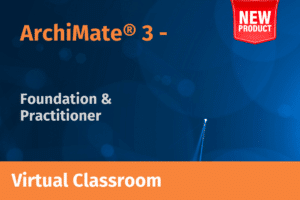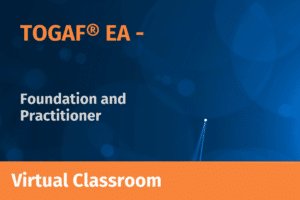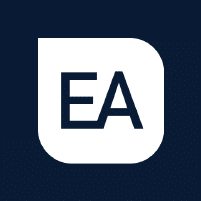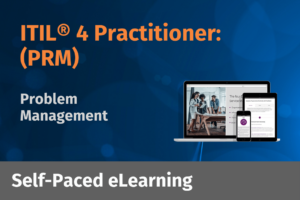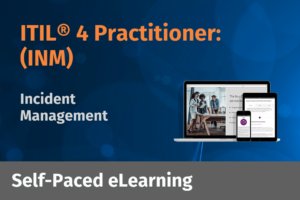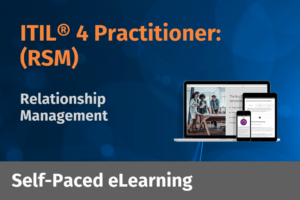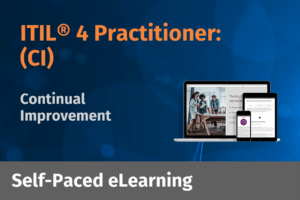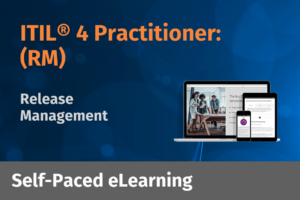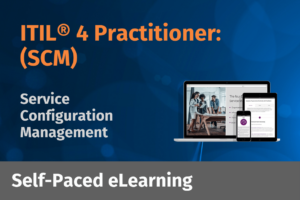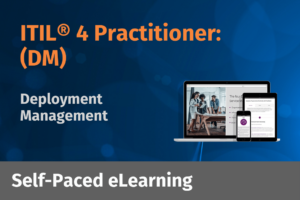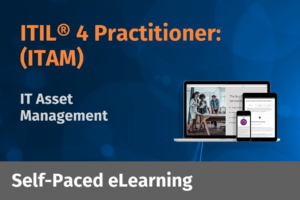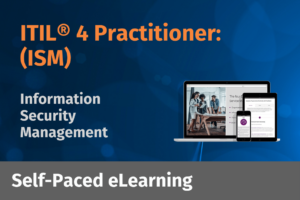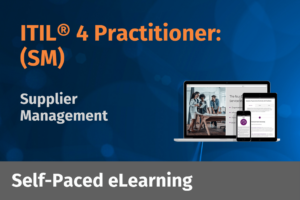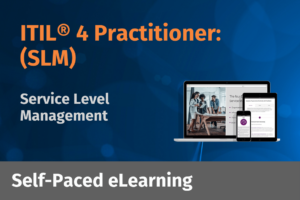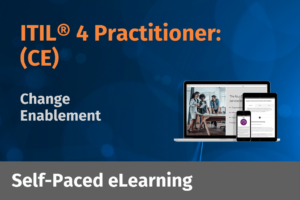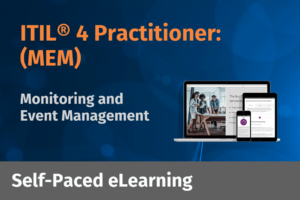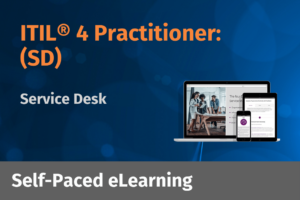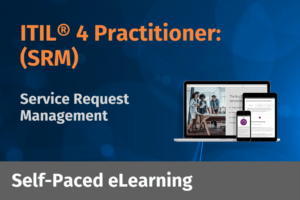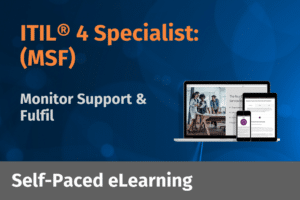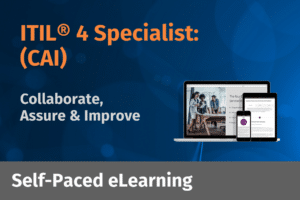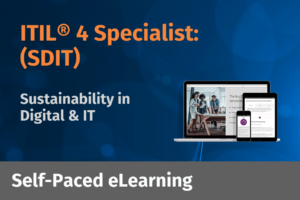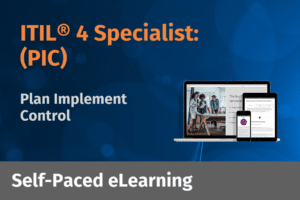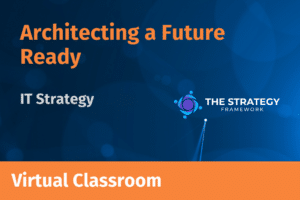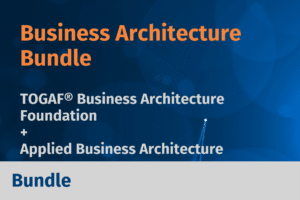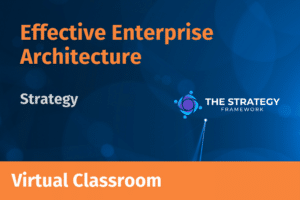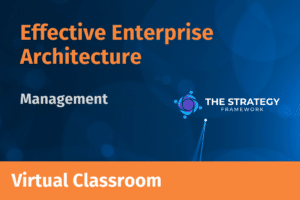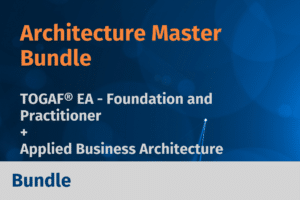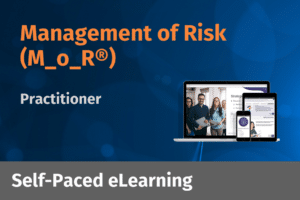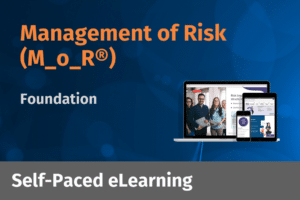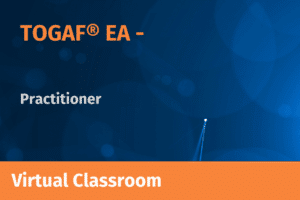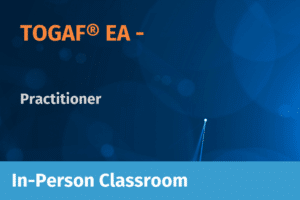Agile project management and processes are the solution to the constraints of traditional methods, ensuring faster iterations, more efficient workflows, and stakeholder-driven development. However, simply adopting Agile practices without a structured framework can lead to disorganisation and inefficiency. This is where AgilePM® (Agile Project Management) excels, the leading structured Agile framework that balances flexibility with control.
EA Learning specialises in professional Agile training and courses, helping organisations and professionals transition into Agile methodologies effectively. Our AgilePM® courses provide structured, practical knowledge that align with industry best practices, making certification a powerful asset for individuals and enterprises.
Why Traditional Project Management is Holding You Back
For decades, organisations have relied on traditional project management methodologies like Waterfall, which follow a linear, sequential approach to planning, development, and delivery. While this structure works in predictable environments, it has been proven ineffective for today’s fast-paced, innovation-driven industries.
Key Problems with Traditional Processes
- Inflexibility – A rigid plan means any change in requirements disrupts the entire project.
- Delayed feedback loops – Stakeholders often don’t see the product until late in development, leading to costly rework.
- High failure rates – Less than half of traditional projects meet their original goals.
- Long development cycles – Products often become outdated before they reach the market.
The limitations of this approach have pushed companies towards Agile methodologies, which embrace change, iterative development, and continuous stakeholder involvement.
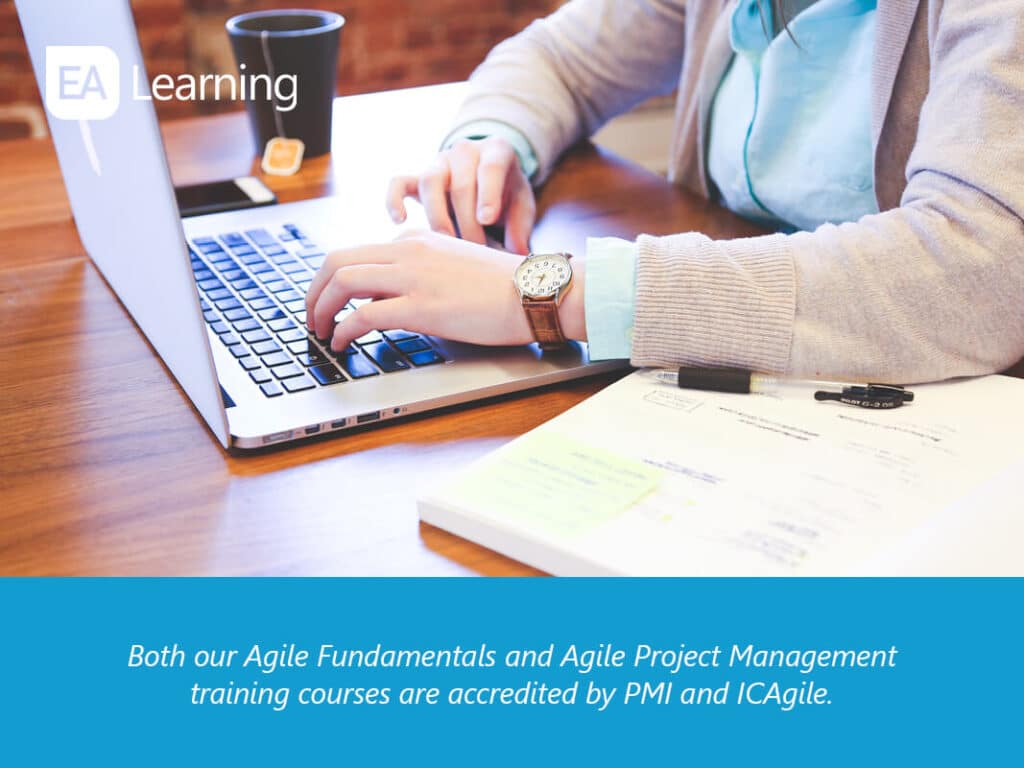
The Agile Solution: How AgilePM® Fixes These Issues
Agile project management solves the biggest issues of traditional methods, offering a more dynamic and customer-driven approach to development. Instead of planning everything upfront, Agile emphasises short, iterative cycles (sprints), continuous collaboration, and the ability to adapt to change.
However, without a structured framework, Agile can be difficult to scale, especially in enterprise environments. This is where AgilePM® provides a structured, scalable approach to Agile adoption.
What Makes AgilePM® Unique?
- Balances flexibility with governance – Unlike unstructured Agile approaches, AgilePM® provides a defined project framework while retaining Agile adaptability.
- Built for real-world business needs – The framework ensures that Agile is not just a development methodology but a business strategy.
- Customer-focused iterations – AgilePM® ensures business value is continuously delivered throughout the project lifecycle.
- Scalable for enterprises – Its structured approach makes it easier to implement Agile at scale, even in complex organisational structures.
Many Fortune 500 companies and large enterprises have successfully adopted AgilePM® to modernise their project delivery processes, reducing risk and accelerating time-to-market.
Why Agile is the Future of Enterprise Projects
Agile methodologies are no longer just for software development. Companies across industries — from finance to healthcare, government to retail — are implementing Agile approaches to improve efficiency and stay competitive in an increasingly fast-moving market.
How Agile Benefits Enterprises:
- Faster time-to-market – Agile reduces project delivery time by prioritising working solutions over exhaustive documentation.
- Improved collaboration – Agile teams work closely with stakeholders, ensuring continuous alignment with business objectives.
- Higher customer satisfaction – Businesses using Agile report a 72% increase in customer satisfaction.
- Better risk management – Agile’s iterative approach identifies risks early, reducing costly failures.
Many organisations also integrate Agile within Enterprise Architecture (EA) frameworks like TOGAF® to provide a structured, enterprise-wide Agile transformation strategy. TOGAF® has an adaptable approach that aligns well with AgilePM®, helping organisations scale Agile adoption without losing strategic control.
Implementing Agile: Best Practices & Key Strategies
Adopting Agile requires more than just changing a project’s workflow. It demands a cultural and organisational shift towards flexibility, collaboration, and iterative delivery. To make Agile work for your business, follow these best practices:
- Daily Stand-Ups – Short, structured team meetings to maintain progress transparency and accountability.
- Live Demos – Regular demonstrations of working solutions to engage stakeholders and gather feedback.
- Stakeholder Feedback Integration – Agile thrives on continuous improvement; always adapt based on real-world feedback.
- Cross-functional Collaboration – Agile teams eliminate silos by encouraging communication between departments.
Challenges in Agile adoption & how to overcome them:
- Resistance to change – Many teams are used to rigid structures. Providing Agile training and leadership support is essential.
- Scaling Agile in large organisations – Frameworks like AgilePM® and TOGAF® help standardise Agile implementation at an enterprise level.
AgilePM® Certification: The Best Step for Agile Success
Agile methodologies are transforming industries, and professionals with AgilePM® certification are in high demand. Whether you are a project manager, Agile practitioner, business analyst, or enterprise leader, certification validates your expertise and opens up career opportunities in Agile-driven organisations.
Why AgilePM® Certification Matters:
- Industry recognition – AgilePM® is widely accepted by leading organisations worldwide.
- Proven career benefits – Agile-certified professionals earn 20% more on average than their non-certified peers.
- Enhanced leadership skills – Certification provides in-depth knowledge of Agile governance and best practices.
Our AgilePM® Course Features:
- Expert-led online training – Learn from Agile specialists with real-world experience.
- Exam vouchers upon completion – Access all necessary resources to pass the AgilePM exams.
- Self-paced learning for flexibility – Study at your own pace with access to comprehensive learning materials.
For organisations, certifying teams in AgilePM® ensures a more structured and effective Agile transformation, reducing risk while maximising productivity.
Why AgilePM® is the Key to Agile Success
AgilePM® bridges the gap between flexibility and governance, enabling teams to deliver high-value solutions while maintaining structure and control. It is the standard for professionals and organisations serious about Agile success.
If you’re ready to take your Agile skills to the next level, register in one of our AgilePM® courses today and gain the expertise needed to lead Agile projects with confidence.



